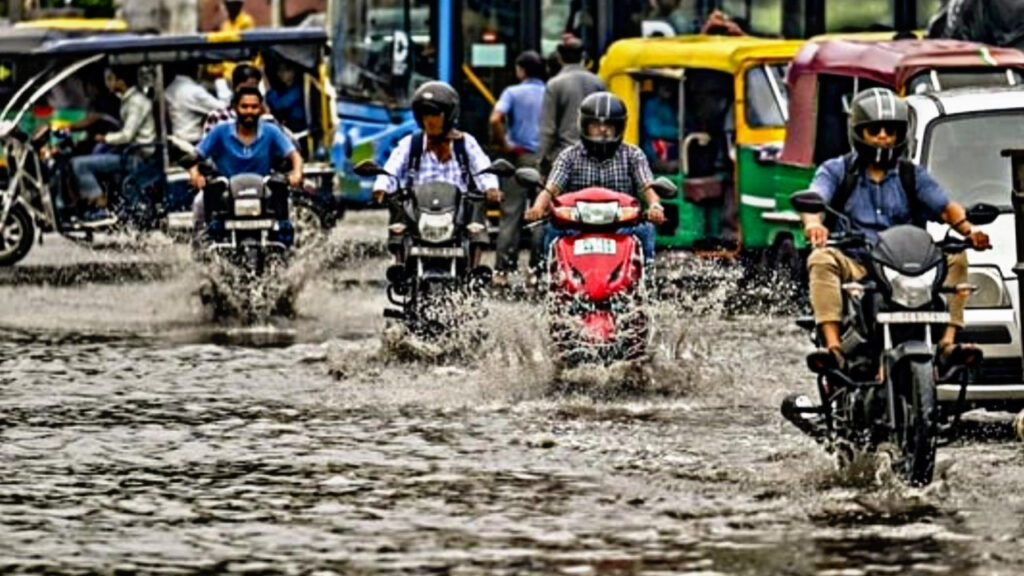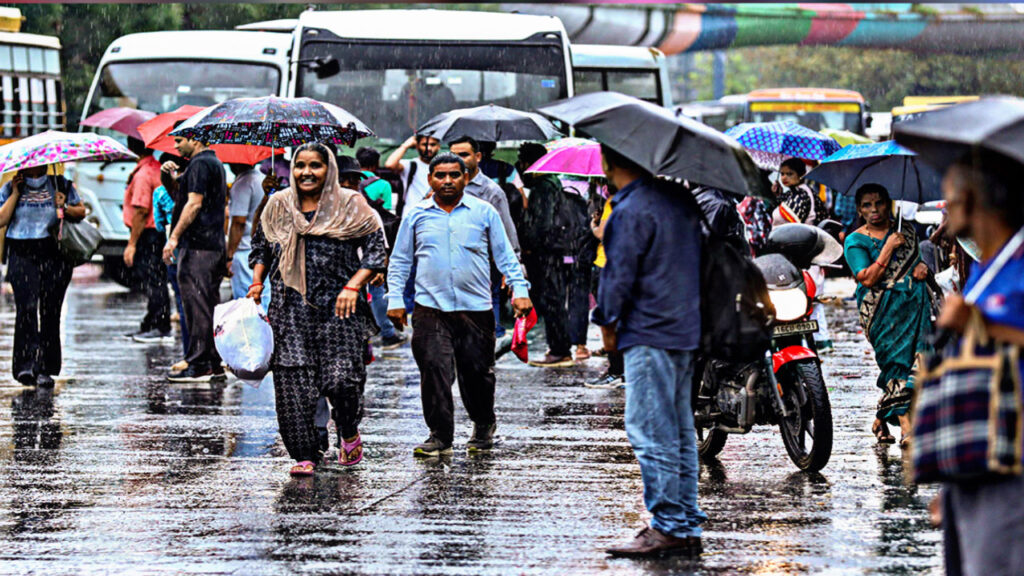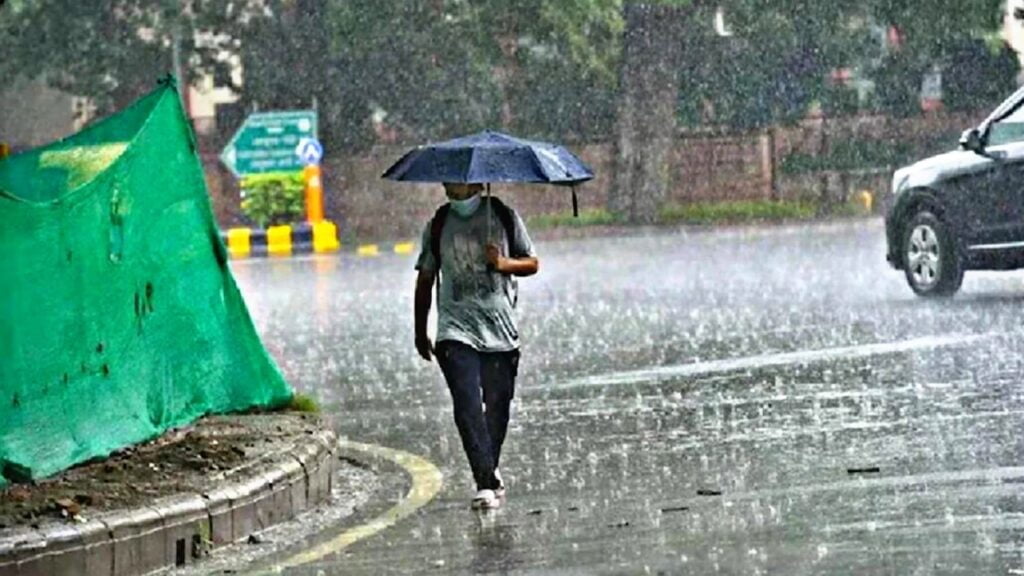IMD
The monsoon season continues to dominate the weather pattern across Delhi NCR, with the India Meteorological Department (IMD) issuing an alert signaling no immediate respite from the persistent rains. Residents and commuters should brace for continued wet conditions, as the region experiences heavy rainfall, causing disruptions and challenging daily life.

Persistent Rainfall Across Delhi NCR
For several days now, the skies over Delhi and its neighboring cities have remained overcast, with intermittent showers keeping the atmosphere damp and cool. According to the latest forecast from the IMD, this pattern is set to continue with no signs of significant drying out in the near future. The monsoon currents are firmly established, bringing steady moisture-laden winds into the region.
This sustained rainfall has contributed to rising water levels in many low-lying areas and has increased the risk of waterlogging and localized flooding, especially in parts of South and West Delhi. Traffic movement is frequently hampered due to water accumulation on roads, impacting both public and private transport.
IMD Alert and Its Implications
The IMD’s weather warning is based on current meteorological data indicating that monsoon troughs remain active over North India, continuously feeding moisture into the Delhi NCR region. The department has issued a “yellow alert,” which signifies that moderate to heavy rainfall is expected over the next 24 to 48 hours.
This alert urges residents to take necessary precautions, especially those living in flood-prone zones. Authorities are on high alert, coordinating with municipal bodies to manage drainage systems and emergency response teams to assist in case of adverse weather events.

Impact on Daily Life and Infrastructure
The ongoing rains have had a palpable impact on everyday activities. Schools and offices have seen altered schedules due to unsafe travel conditions, and outdoor events are being postponed or canceled. Commuters should anticipate delays, with public transport operating under strain due to waterlogged streets and slower traffic movement.
Power outages have been reported in some areas, linked to water seepage and heavy winds accompanying the rain. Utility companies are actively working to restore normalcy, but residents are advised to stay prepared for intermittent disruptions.
Health Advisory During Continuous Rains
Persistent rains also bring a heightened risk of waterborne diseases. Stagnant water creates breeding grounds for mosquitoes, raising concerns about dengue, malaria, and other illnesses. Health authorities recommend taking preventive measures such as using mosquito repellents, wearing protective clothing, and avoiding exposure to stagnant water.
Furthermore, the cold and damp weather may trigger respiratory ailments, especially among vulnerable populations such as children, the elderly, and those with pre-existing health conditions. Staying dry and maintaining hygiene are crucial during this time.
When Can We Expect a Break?
While the current outlook suggests no immediate break from the monsoon rains, meteorologists predict that by the end of this week, there may be a gradual reduction in rainfall intensity. However, intermittent showers might still persist beyond that, keeping the overall weather unsettled.
Residents are encouraged to stay updated with official weather bulletins from the IMD and local authorities. Staying informed will help plan daily activities better and avoid unnecessary risks during this challenging monsoon phase.





